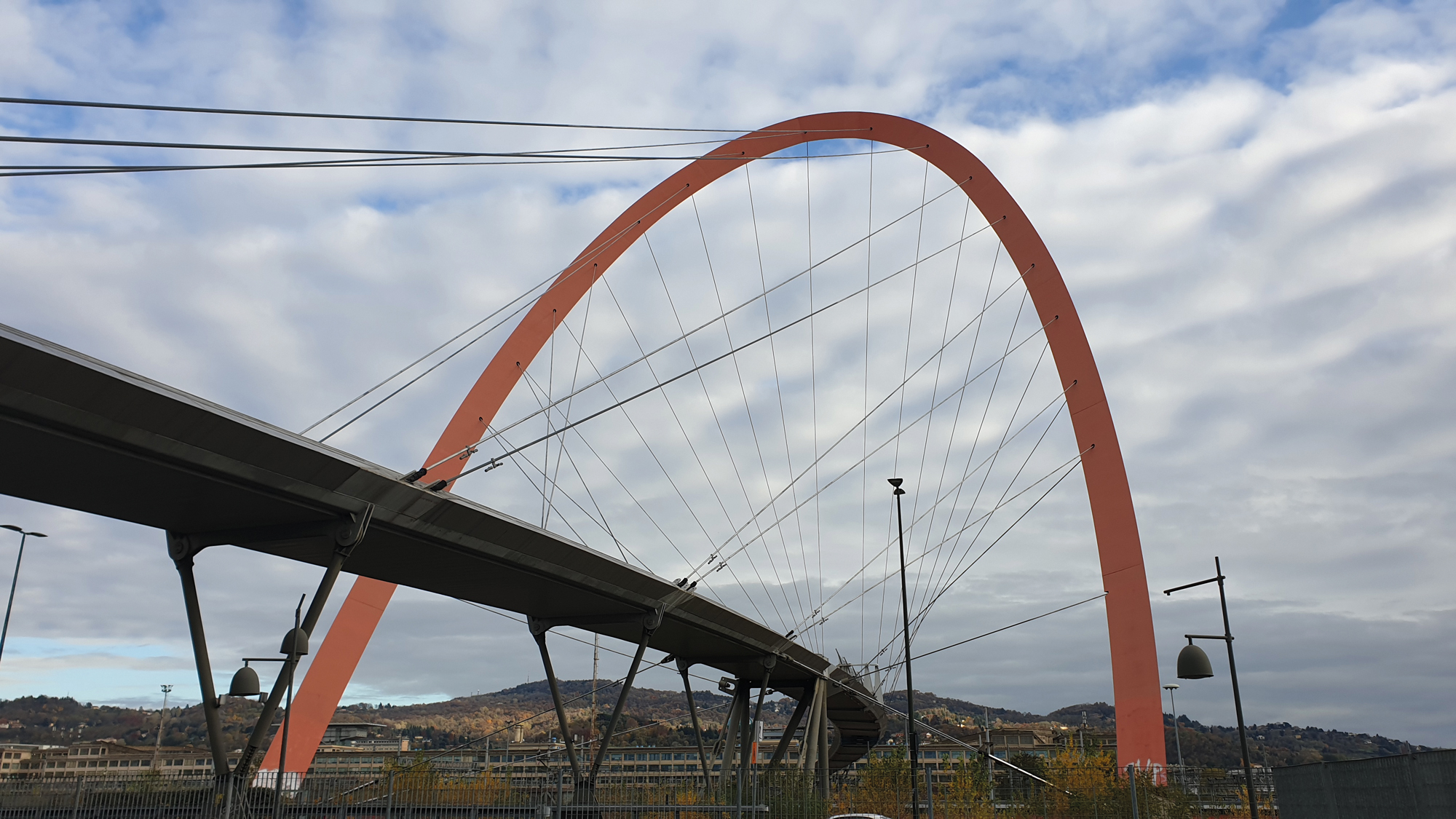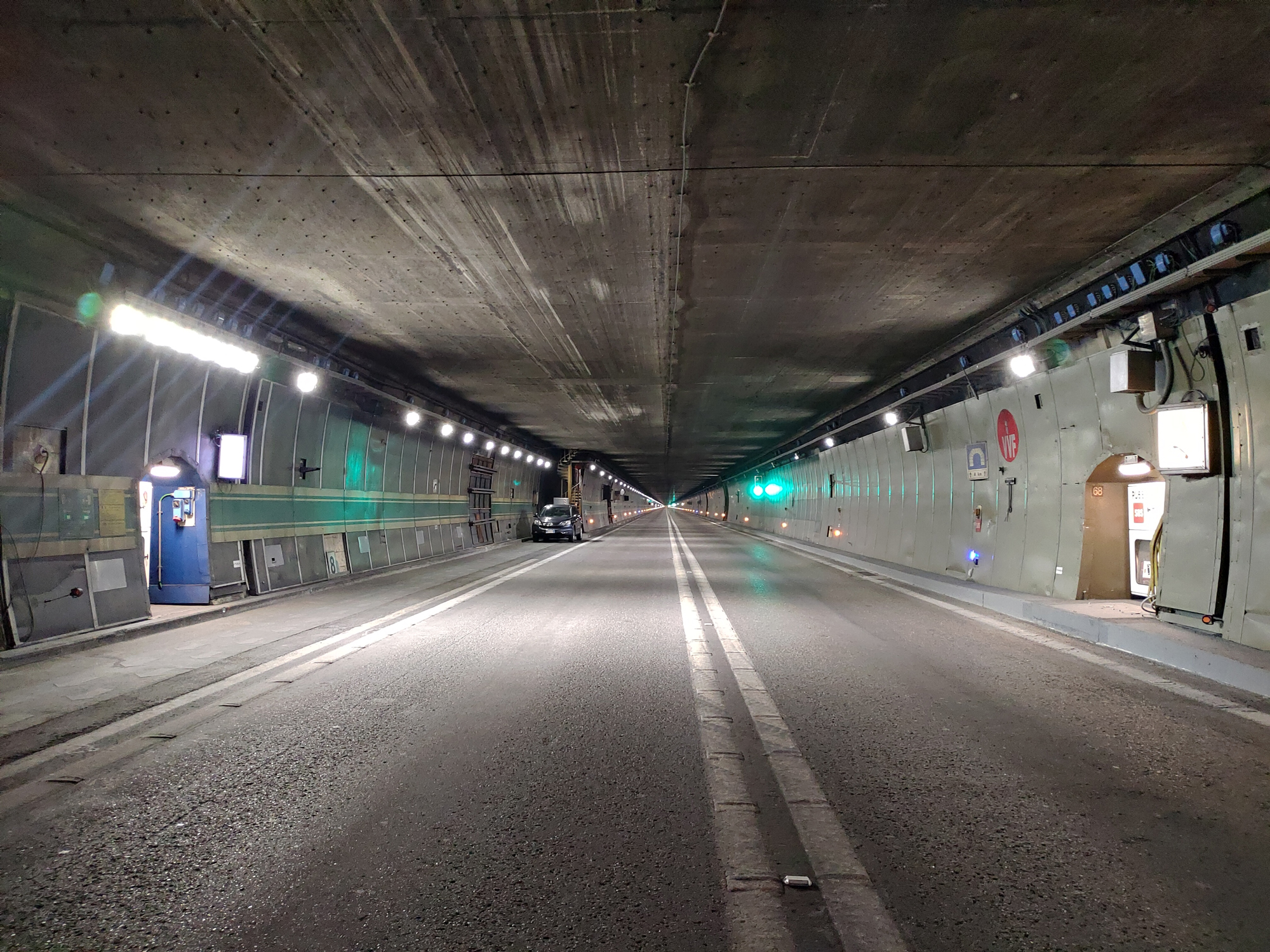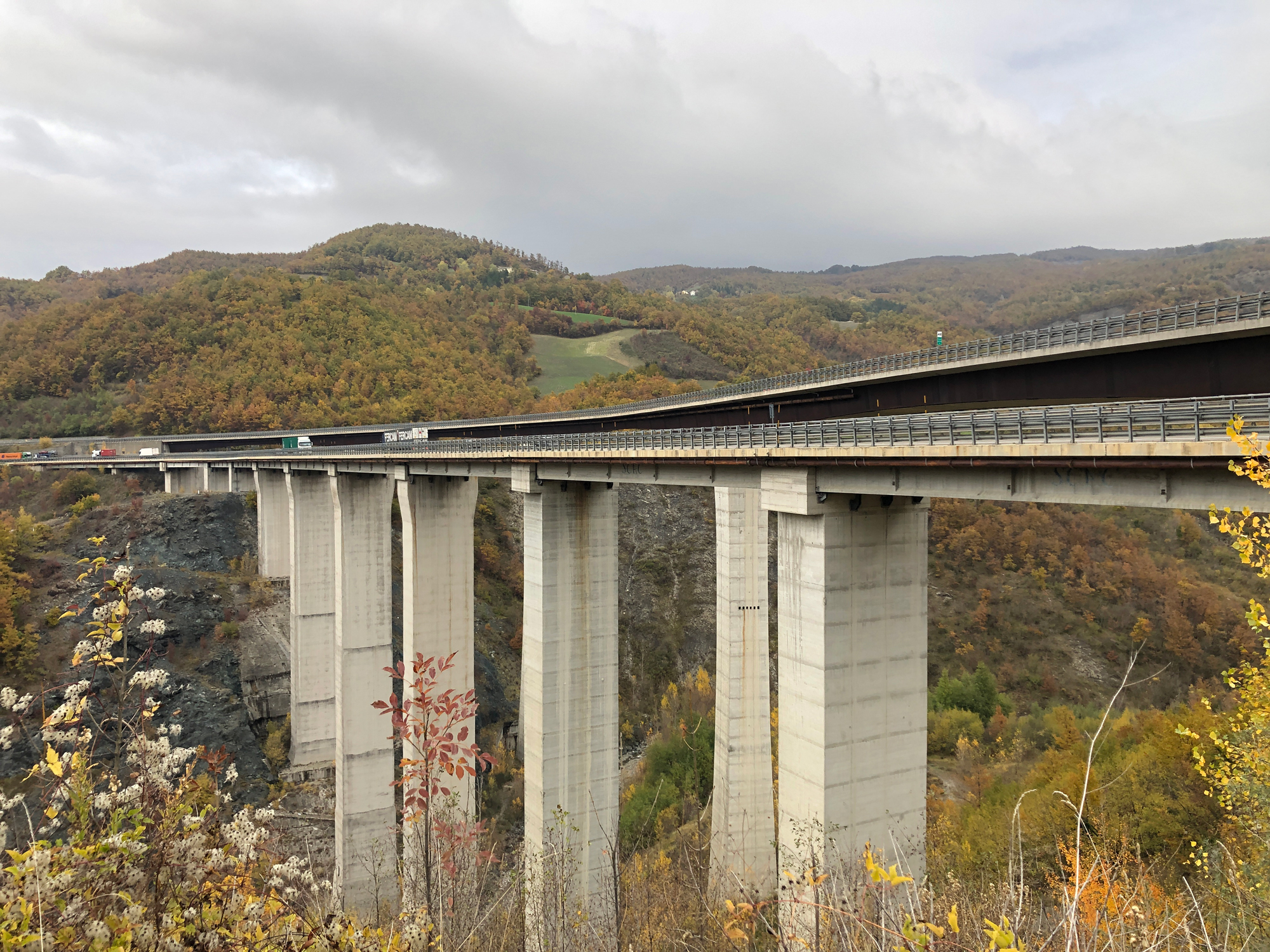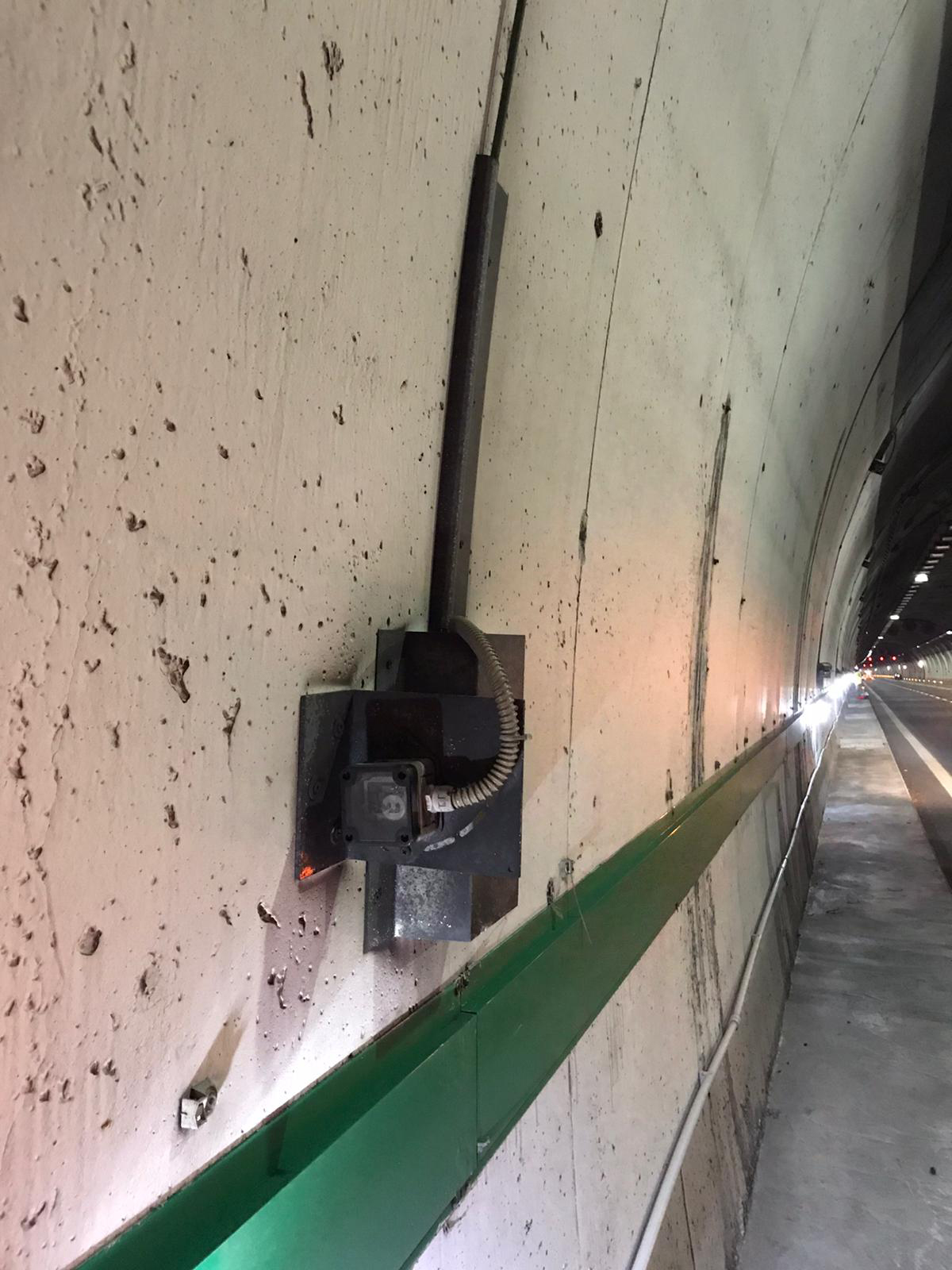SERVICES PROVIDED
- Executive plant design
- Installation assistance
- Continuous FE modeling and structural diagnostics with automatic alerting
WHY MONITOR?
- Control of the evolution of the static and dynamic behavior of the deck over time
- Static and dynamic analysis of the effects induced by traffic loads
- Planning of targeted maintenance interventions
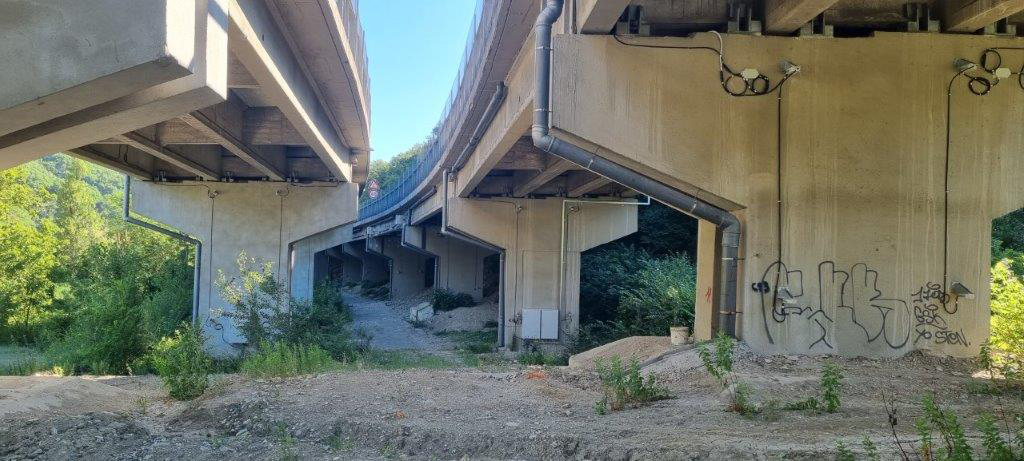
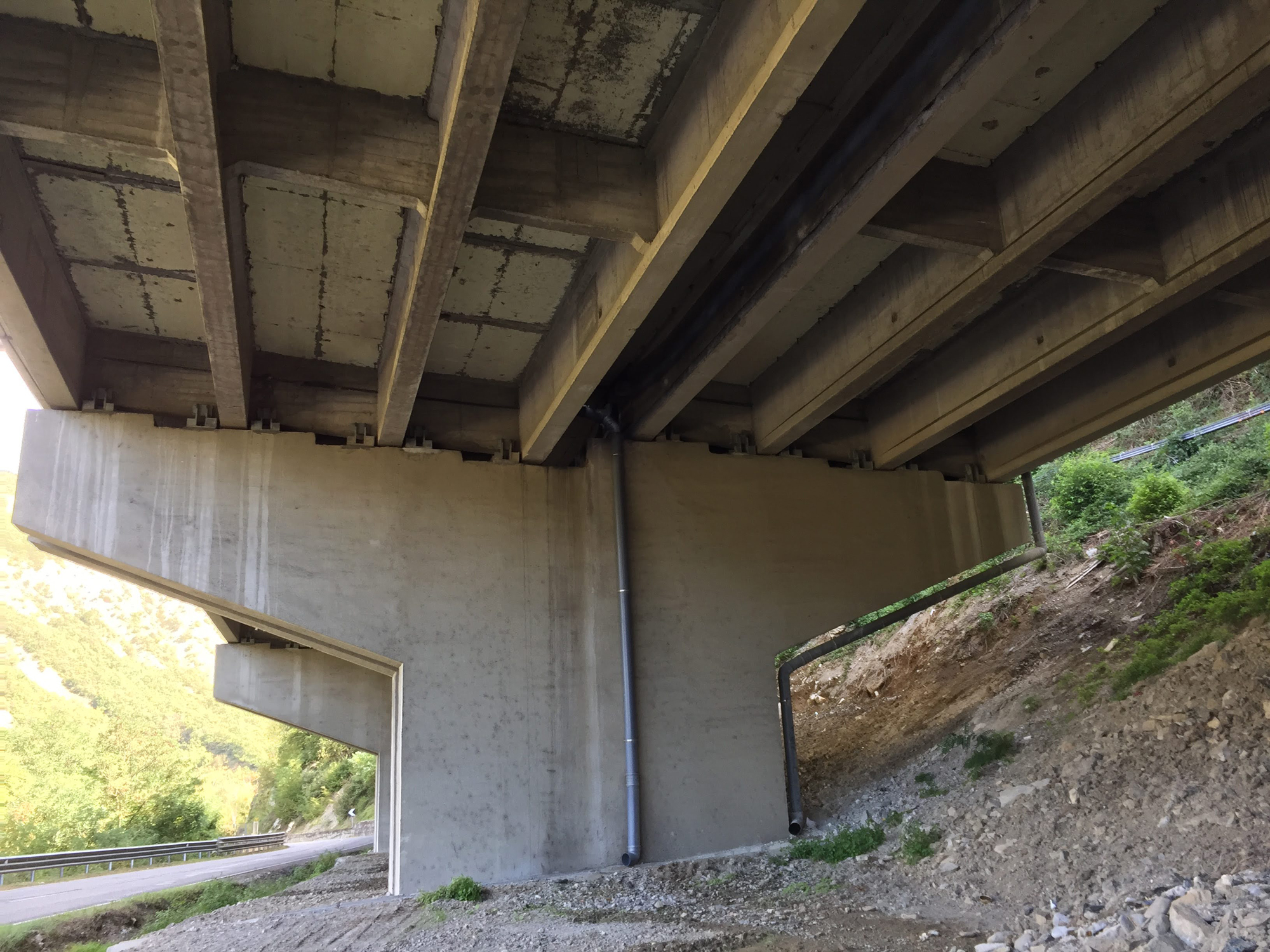
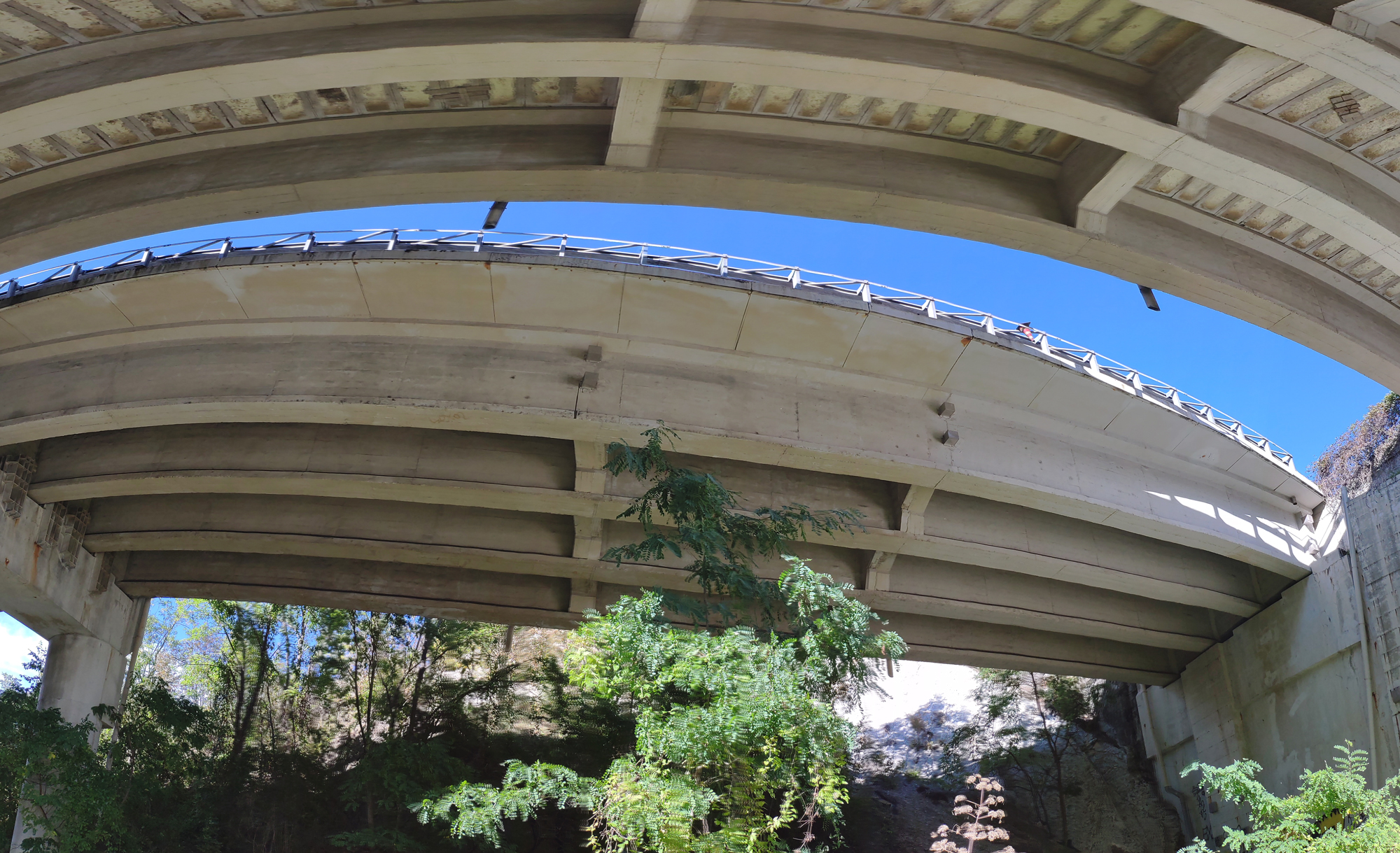
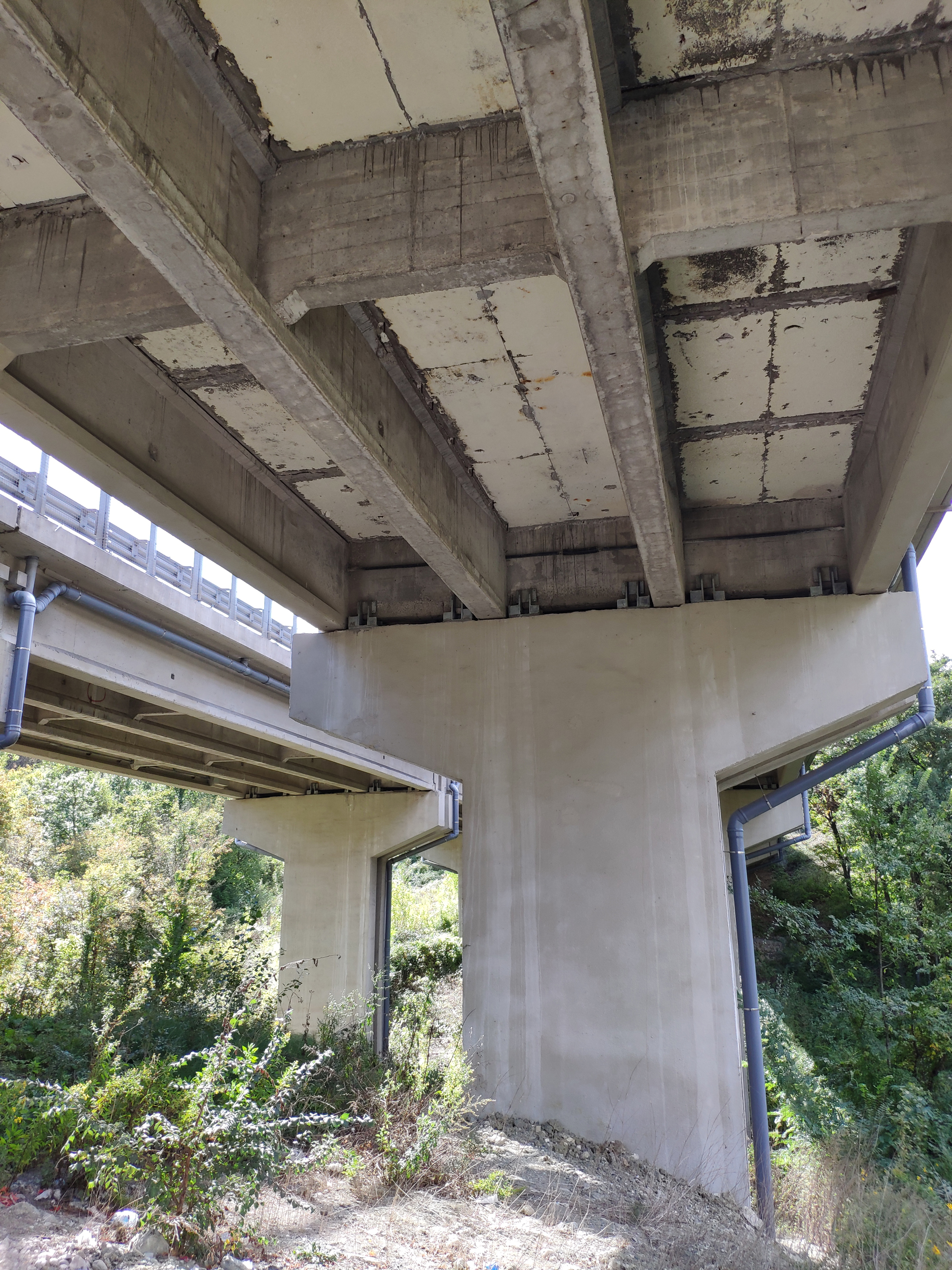
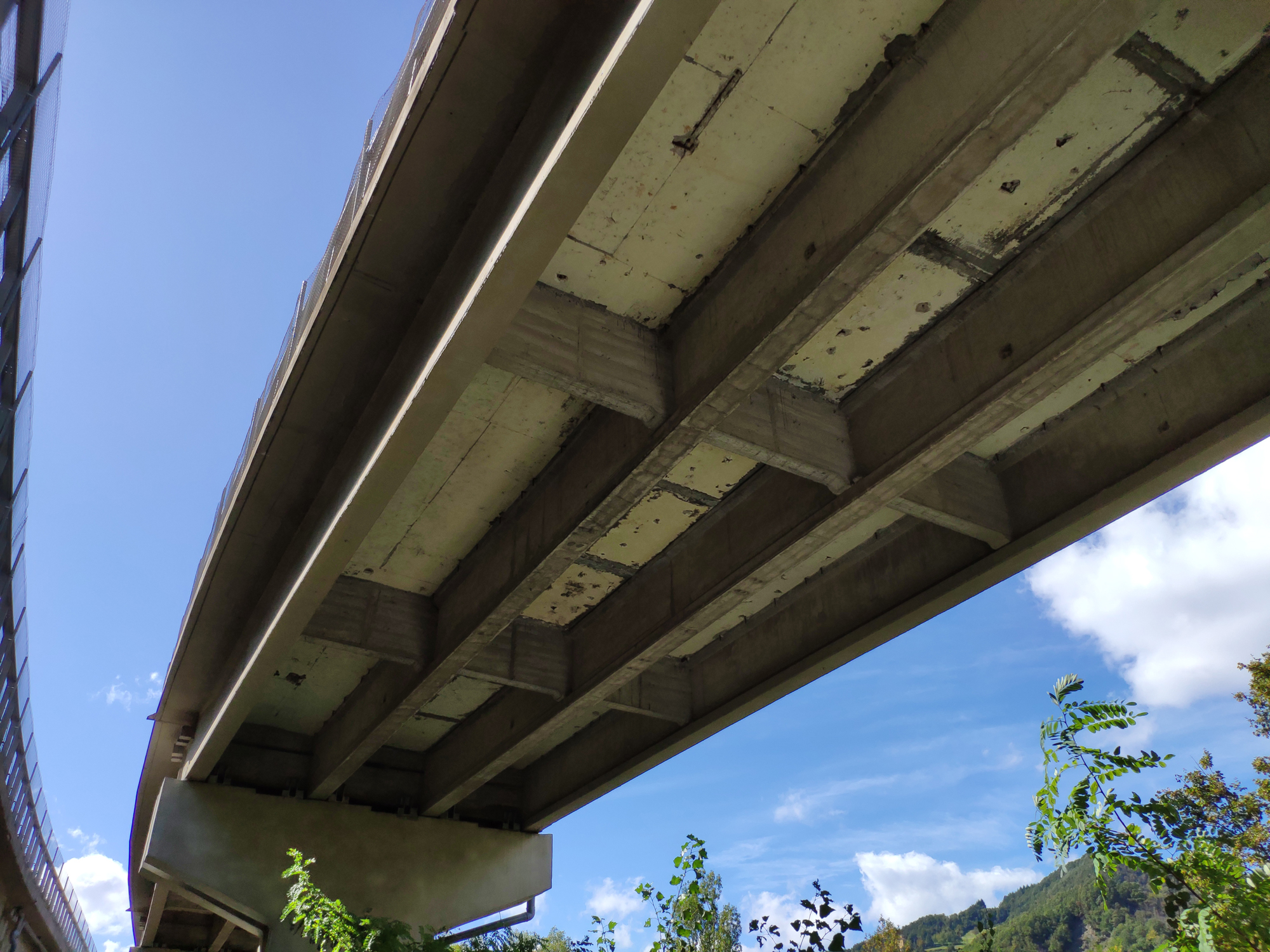
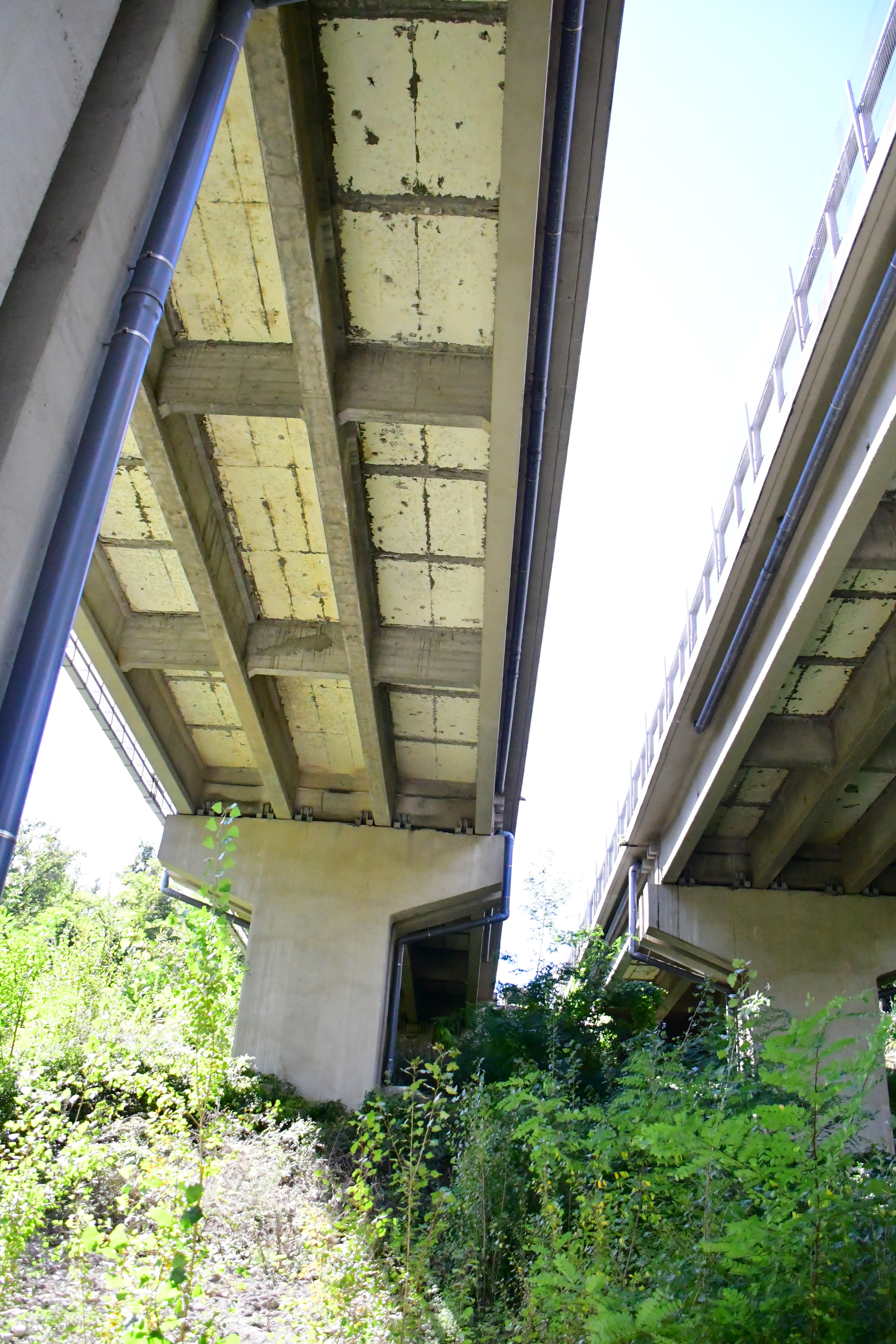
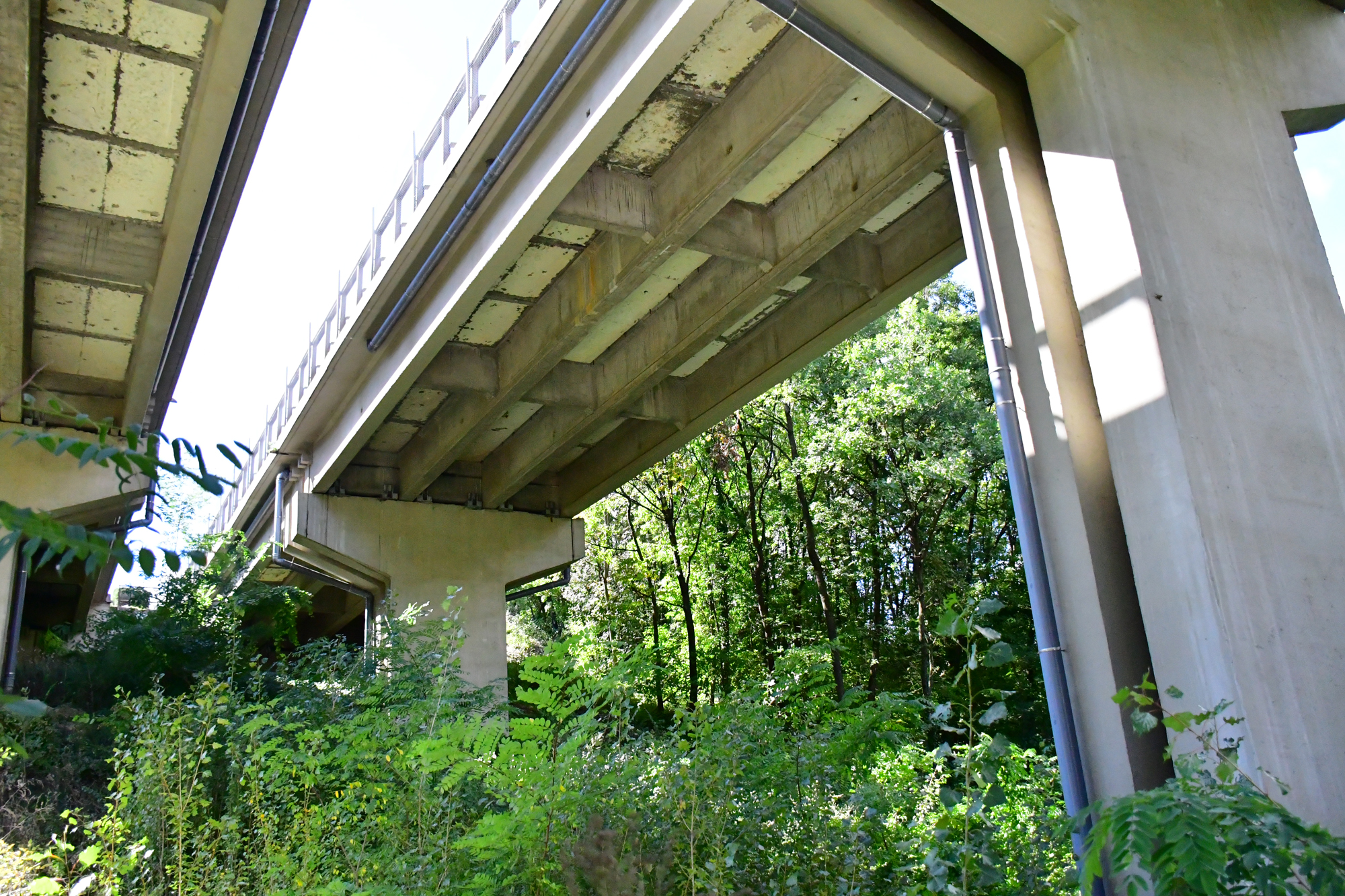
DESCRIPTION OF STRUCTURE AND STRUCTURAL MONITORING SYSTEM
The planimetric layout of the structure extends partly straight and partly in a curve. The carriageway has a width of about 8m, while the total size of the deck in the transverse direction, including the kerbs, is about 10m. The deck of each span is made up of a grid of reinforced concrete elements with varying cross-section along the span.
One of the two lanes of travel is made up of 15 isostatic spans with 4 beams resting on 15 piles and one abutment. The overall length of the structure is about 360 meters, while the length of each span is about 24m. The other lane of travel is made up of 16 isostatic spans with 4 beams resting on 15 piles and two abutments. The overall length of the structure is about 380 meters, while the length of each span is 24m. The uniqueness of the structure is that 1 abutment and 6 piles are common to both lanes, while from pile 7 onwards each deck is connected to independent elements. Structural monitoring of the overpass has been commissioned, consisting of the installation of 310 bi-axial inclinometers, i.e., 5 inclinometers for each of the edge beams for each span, arranged on a bracket support on the web of the edge beams; 60 bi-axial inclinometers, i.e., 2 inclinometers arranged on each head pile; 48 bi-axial inclinometers, i.e., 2 inclinometers arranged on each base pile; 7 bi-axial inclinometers, i.e., 3 on one abutment and 4 on the other abutment; 186 triaxial accelerometers installed on the edge beams of each deck; 60 triaxial accelerometers, i.e., 2 accelerometers arranged on each head pile; 48 triaxial accelerometers, i.e., 2 accelerometers arranged on each base pile; and 7 triaxial accelerometers, of which 3 on one abutment and 4 on the other abutment.
DIAGNOSTICS IN A NUTSHELL
The static and dynamic behavior of the structure, following the principles of the model-driven monitoring approach, was simulated through numerical modeling using nonlinear finite element analysis. A preliminary site inspection of the structure was carried out to evaluate the actual cracking state of the monitored structural elements. Given the particular geometry of the viaduct, which sees the separation into two completely independent decks (one for each direction) starting from pier n.6 onwards, while sharing the vertical elements for the first 5 spans, a unique FEM model was developed for both directions of travel. The stiffness of the elements was properly calibrated based on the observed damage and by integrating the results of a specific in-situ test performed under controlled loading conditions on each span. Through the use of genetic algorithms for best fitting, the reference numerical model was updated and the most significant damage scenarios were simulated to derive performance indicators for the operational behavior of the structure. Threshold conditions and increasing severity alert levels were established based on the residual structural safety and were appropriately shared with the concessionaire to support the evaluation of management actions following the attainment of a critical structural condition.
